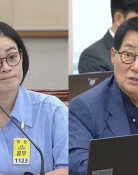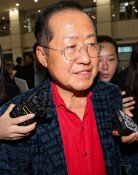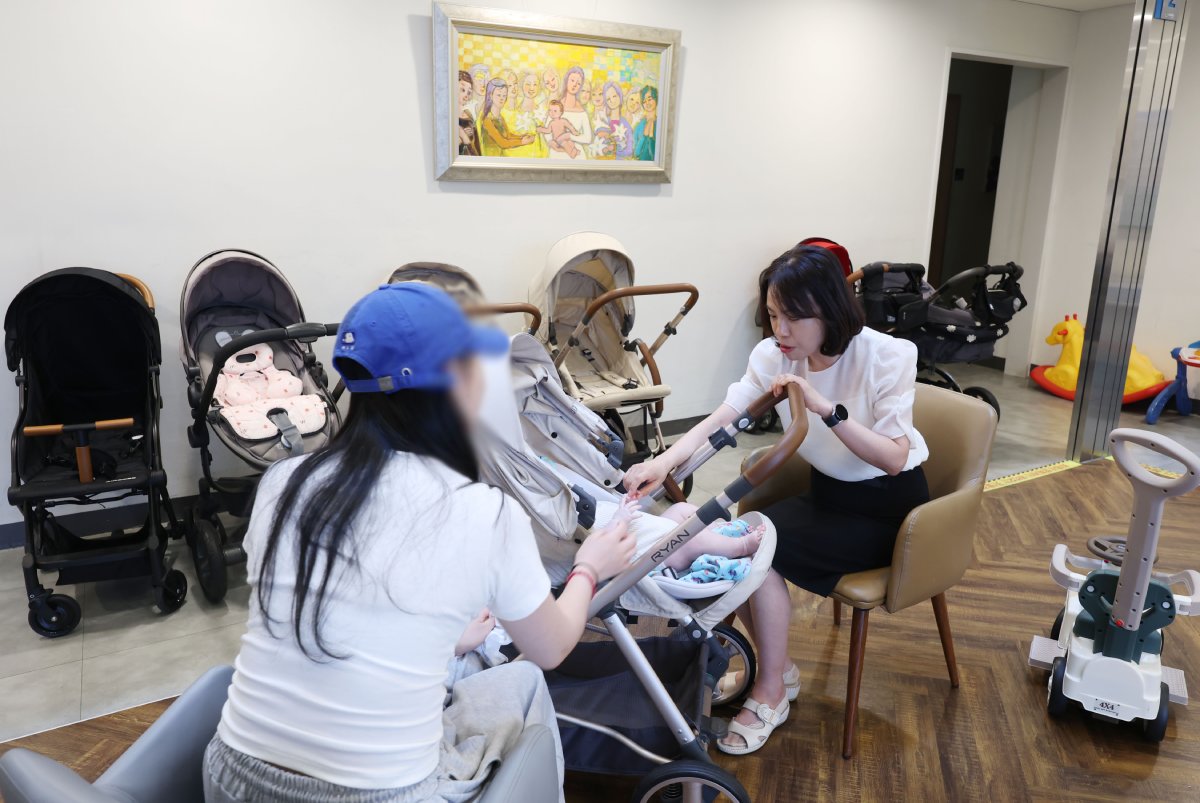[Focus] KEPCO union decision shows internal strife
[Focus] KEPCO union decision shows internal strife
Posted December. 04, 2000 15:37,
With another aborted walkout by the Korean Electric Power Corp. (KEPCO) labor union, the third such abortion following the ones Nov. 24 and 30, the "unified front" of the labor union organizations has lost momentum. Even as the members of the labor union were gathered at KEPCO, the order to abort came following a compromise agreement for the privatization of the government-run enterprises. As such, the KEPCO labor union walkout became one without a cause.
The special adjustment meeting by the central labor committee, which began at 4 p.m. Dec. 3, lasted until midnight with repeated interruptions and resumption. At the beginning of the meeting, the government representatives hammered in that no issues other than privatization and sell-off would be up for discussion at the meeting. The labor union representatives commented that, "Then, there is no other choice but a walkout." However, the chairman of the labor union Oh Kyong-Ho said, "But let us wait until the end of the meeting."
By 9 p.m., the adjustment committee members busily prepared and worked out the settlement. The settlement contained agreement on the prior notification of corporate asset division and employment guarantee and terms, the privatization to be effected through problem-solving talks with the negotiating body consisting of the labor union, KEPCO, and the government. It also contained stipulation for changes to the work condition such as maternity and paternity leave.
However, with the news broadcast concerning the agreement, the 3,000 or so members of the labor union at the headquarters of KEPCO at Samgsung-dong agitatedly called out, "What do you mean, the walkout has been called off?" At the same time, members of the negotiating body for the KEPCO labor union, Chairman Oh, headed for the KEPCO headquarters to appease the members.
In opposition to chairman Oh's call to end the strike, the members of the labor union chanted, "Strike! Strike!" Within 10 minutes of his arrival, chairman Oh had to depart from the area.
With so much opposition by the labor union members, although some feared that it might jeopardize the agreement, the labor union chairman returned to the negotiating table around 11:30 p.m. and placed his signature on the agreement, ending the first unprecedented attempt at a unified strike.
With the end of the strike by the KEPCO labor union, the unified front by the two umbrella labor union organizations has more or less lost steam in their mutual cooperative fight. The Federation of Korean Trade Unions (FKTU) and the Korean Confederation of Trade Unions (KCTU) held a meeting Dec. 4 to decide on the future and direction of the unified front, however, there is a greater possibility of them breaking off the official mutual cooperation.
The KCTU had been lukewarm to the mutual fight and had planned to wait until next year before acting on the general strike depending on the result of the Labor Standard Laws by the National Assembly. In addition, with the loss of fighting spirit by the KEPCO labor union, which had been at the leading edge of the fight abroad, many believe there is no more need to cling to the mutual front.
The airline and subway workers¡¯ union, which had planned walkouts this week, also seem uncertain. The 500 or so pilots of the Asiana Airlines were known to be pursuing a walkout unrelated to others and currently have asked the pilots for their individual votes.
The labor unions of the railroad workers for the subway lines 5, 6, 7 and 8 have asked for additional workers for the newly opened line 6, as they decided on a strike for Dec. 8. In addition, the railroad workers¡¯ union in connection with the proposed strike for Dec. 15 by the railway workers, will also readjust its priorities following the struggle this week.



![[단독]尹 “국무위원조차 살길 찾아 떠나려…없는 얘기 한다” 진술](https://dimg.donga.com/c/138/175/90/1/wps/NEWS/IMAGE/2025/07/10/131976712.1.jpg)


![[단독]明-디올백 논란 시기, “北에 드론 최소 5번 날려”](https://dimg.donga.com/c/138/175/90/1/wps/NEWS/IMAGE/2025/07/11/131980712.1.jpg)
